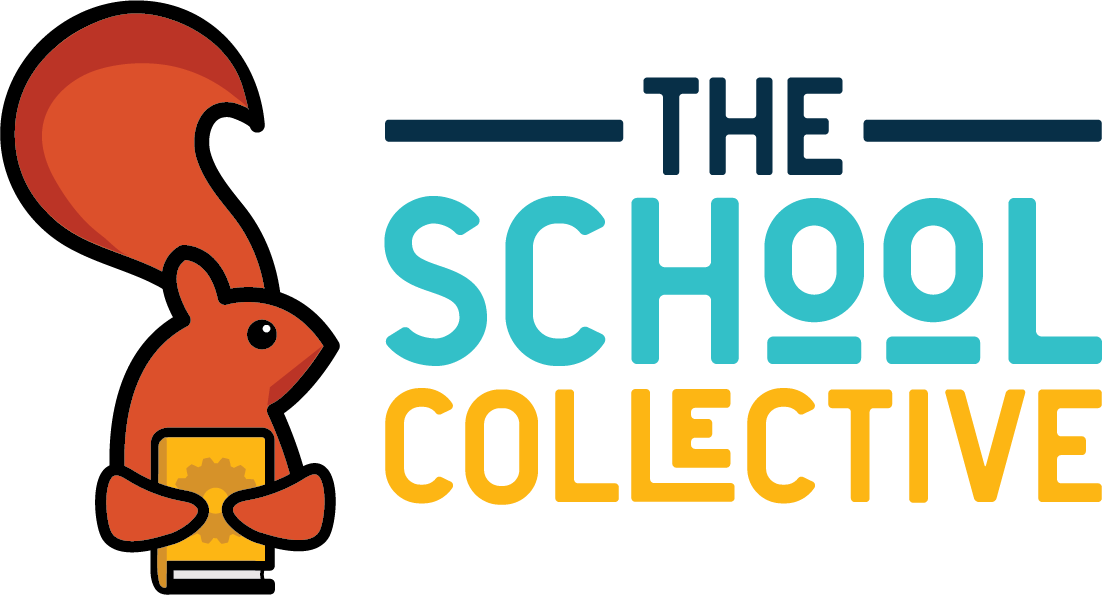As humans, it is our job to honor every person’s identity. As practitioners, it is our job to support all children by advocating for their rights and educating others about the support required for them to navigate school safely and to engage in learning.
How are we advocating for our LGBTQIA+ children?
We live in a time where the identities of LGBTQIA+ people are being challenged. As of May 23, 2023, over 520 anti-LGBTQIA+ bills have been introduced at the state level, with more than 220 of those bills targeting trans and non-binary people. Seventy anti-LGBTQIA+ laws have been enacted this year alone (Peele, 2023). Many of these bills and laws target youth and srestrict access to bathrooms, sports, and books with LGBTQIA+ representation in school libraries. Not surprisingly, over half of LGBTQIA+ youth reported that hearing about proposed legislation that bans discussion of LGBTQIA+ people at school has made their mental health much worse (The Trevor Project, 2023).
So where does that leave us?
Whether you’re a school psychologist, a speech-language pathologist, or another school-based practitioner, your licensing agency has ethical guidelines that you must follow in your practice. If you’re a school psychologist, NASP calls on you to promote inclusivity and individuality by supporting colleagues and educators who are on their journey to provide equitable, informative, quality services to all students (NASP, 2020). If you’re a speech-language pathologist, your guidelines instruct you to advocate for LGBTQIA+ issues to be “infused throughout the curriculum,” and to be a “vocal advocate for LGBTQIA+ issues to be included in local policies to address discriminatory behavior and inappropriate content” (ASHA, 2021).
Our job is to support inclusivity.
When we provide supportive, safe spaces for kids at school, they are able to live more authentically and learn more effectively. Not surprisingly, outcomes for LGBTQIA+ youth are significantly improved when adults support them at school. For kids who are LGBTQIA+, a safe, supportive place includes gender affirming practices, which “improve psychological functioning” and “increase quality of life” (APA, 2021). We have to go beyond believing that all children deserve support. We also have to take action to promote support in our schools.
I’m in! But how do we practice this?
Use children’s chosen names when talking with and about them.
First, ask every child what name they use. Many children go by a middle name, shortened name, or nickname, regardless of their gender identity, so it’s always best practice to ask this question when you start working with a child.
If the child uses any name other than the name on their records, ask some clarifying questions. Ask them what name they go by at home, at school, and with friends. Take notes on what they tell you so that you remember later.
Ask all children for their pronouns, and ask in a safe space.
You may be thinking this doesn’t apply to you if you work with elementary school students, but guess what? It does.
The American Academy of Pediatrics states that, “By age 4, most children have a stable sense of their gender identity” (Rafferty, 2022). However, LGBTQIA+ individuals have varying levels of comfort related to using names and pronouns with families and educators. Recent discriminatory bills and laws make many individuals even more uncomfortable sharing their identities. Some youth may not feel comfortable disclosing their identity, but it’s always important to ask.
Lead by example.
One of the simplest things you can do to practice inclusivity and support is to lead by example. Introduce yourself using your name and pronouns. “Hi, I’m Amy, and I use she/her pronouns.” Include your pronouns on your email signature and on your Zoom tile. When you start working with children, introduce yourself using your name and pronouns. If you haven’t tried this before, it might feel odd at first, but it’s a simple way to demonstrate to everyone around you that you’re working on not making assumptions related to gender.
Avoid gendered pronouns in your reports.
That’s right. I said it. Take out those he’s and she’s and delete your gendered report shells. You can use the child’s name every time, or you can use the inclusive “they” pronoun. If you’re worried about using singular “they,” don’t be. It’s been around in the Oxford Dictionary since 1375, so you’re not breaking any rules (Baron, 2018).
Inclusive language is important.
Inclusive language is incredibly important now more than ever. By doing this, we bring awareness to gender diversity, model inclusivity, and normalize inclusive language. And, as an added bonus, when we use inclusive language all the time, we avoid “outing” children while still honoring who they are.

References
American Psychological Association (APA) (2021). APA Resolution on Gender Identity. https://www.apa.org/about/policy/resolution-gender-identity-change-efforts.pdf
American Speech-Language-Hearing Association (ASHA) (2021). Supporting and Working With Transgender and Gender-Diverse People. https://www.asha.org/practice/multicultural/supporting-and-working-with-transgender-and-gender-diverse-individuals/
Accelerating acceptance 2023. GLAAD. (2023, June 13). https://glaad.org/publications/accelerating-acceptance-2023
Baron, D. (2018, July 30). A brief history of singular “they.” Home. https://blogs.illinois.edu/view/25/677177
National Association of School Psychologists (NASP) (2020). The professional standards of the National Association of School Psychologists. https://www.nasponline.org/standards-and-certification/nasp-2020-professional-standards-adopted
Peele, C. (2023, May 23). Roundup of anti-LGBTQ+ legislation advancing in states across the country. Human Rights Campaign (HRC). https://www.hrc.org/press-releases/roundup-of-anti-lgbtq-legislation-advancing-in-states-across-the-country
Rafferty, J. (2022, May 11). Gender Identity Development in children. HealthyChildren.org. https://www.healthychildren.org/English/ages-stages/gradeschool/Pages/Gender-Identity-and-Gender-Confusion-In-Children.aspx
2023 U.S. National Survey on the Mental Health Of … – The Trevor Project. The Trevor Project. (2023). https://www.thetrevorproject.org/survey-2023/assets/static/05_TREVOR05_2023survey.pdf

Brilliant article. I love the actionable suggestions to advocacy into daily practice. Thank you!